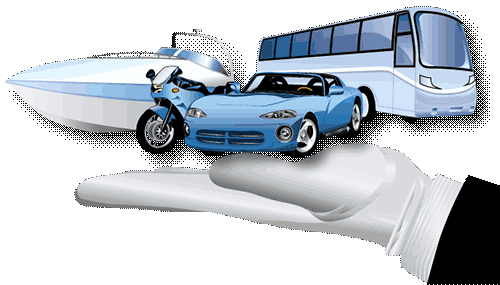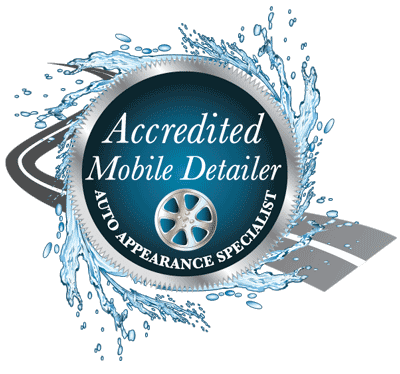Why clay your paint, you ask?
Paint decontamination is a necessary step in order to create the purist, deepest clean possible. Contaminants can be as simple as dust, dirt, and bird droppings or as complex as embedded or sub-surface impurities including tree sap, water spots, bug spots, and environmental fallout.
Fallout is made up of airborne contaminants that settle on your paint. It can be created pollen, kicked up road grime, and ferrous or iron particles. Iron contaminants used to be more common but automakers started wrapping their cars in plastic prior to shipment to lessen this effect.
Still, iron particles are constantly bombarding our vehicles on a daily basis. They not only collect on the surface but can penetrate into the finish. The most common source of these stubborn contaminants are brake dust.
The growing popularity of semi metallic brake pads mean there are more second-hand sources of contamination coming from the vehicles around you. Generally, the highest concentrations of these contaminants can be found on the rear bumper, trunk, trailing edge of the roof, rocker panels, and door jambs.
There are two types of contamination, surface and sub-surface. Surface contamination includes typical embedded particles while sub-surface contamination goes beyond embedded as the particles have a deeper foothold in the paint.
Consequently, there are two methods to eliminate iron particles and fallout. Either will help ensure a truly clean slate and a surface that will properly accept waxes and sealants.
One method is the most common. Its paint clay bars. Clay bars “sheer” iron particles or pull them from the surface. The sheering action of a clay bar often leaves micro particles of ferrous material behind in the sub-surface.
These pose a threat due to the corrosive compound’s ability to attack the paint’s sub-layers. This gradually deteriorates the surface, potentially leading to sub-surface panel corrosion and potential paint coating failure.
A traditional clay bar is more likely to absorb ferrous particles where our Nanoskin mitts have a special rubber polymer coating on one side that actually loosens and removes particles that are stuck to the clear coat.
This advanced rubber polymer technology will help remove tree sap, water marks residue, rail dust, road grime and other extra difficult surface contaminants.
The goal of any surface prep endeavor is to get the best possible end result and proper decontamination plays a key role in that endeavor. That is why White Glove includes this prep procedure in every exterior service we do.
Let White Glove take your paint to the next level by properly preparing the surface prior to any correction, polish, wax or sealant.




